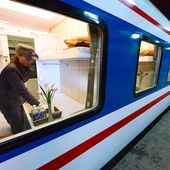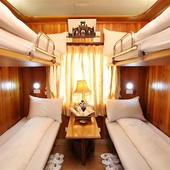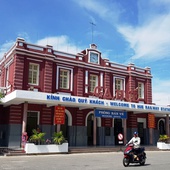Vietnam Train Travel: A Complete Guide
Vietnam’s major provinces are well-connected by the train system. If you have a flexible schedule and want to save a few bucks, you can try travelling by train instead of airplane. There are three main train lines in Vietnam: the North-South route (connect Hanoi and Saigon), the Northwest Route (connecting Hanoi and Sapa) and the Northeast Route (connecting Hanoi and Lang Son - bordering with China).
The Railway System in Vietnam was established over a century ago and has since been revitalized and further developed by the Vietnamese Government post-1975. As of 2025, the Vietnamese railway system spans approximately 2,600 km, effectively connecting most cities and provinces throughout the country. This includes numerous cultural, social, and tourism destinations from the North to the South of Vietnam. The domestic railway system is also linked with the Chinese railway network, facilitating train routes to border stations in Yunnan and Guangxi.
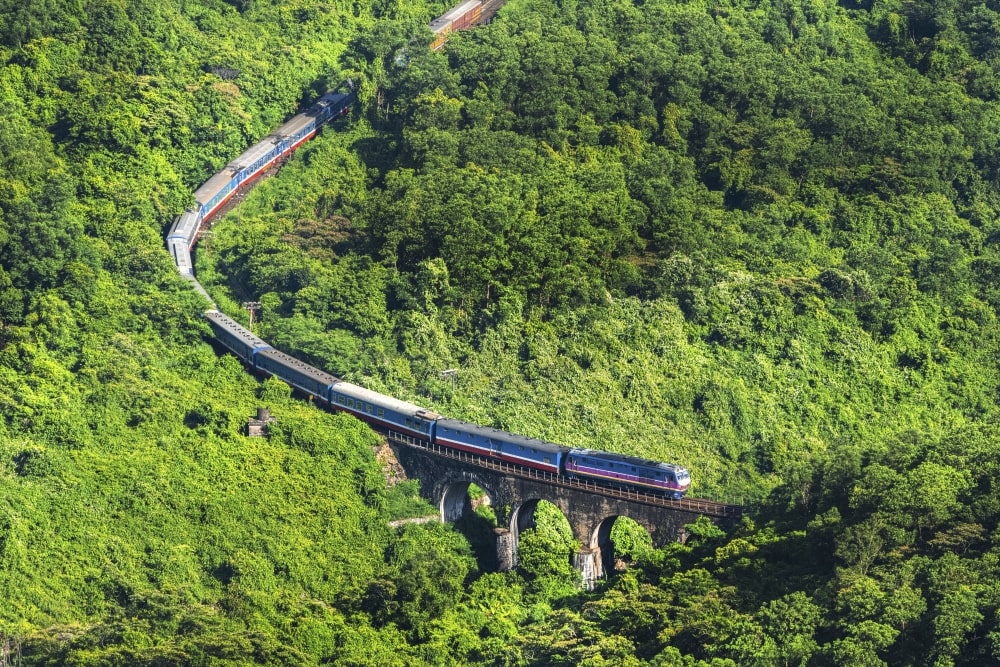 The scenic route from Hue to Danang offers a unique experience
The scenic route from Hue to Danang offers a unique experience
For an inexpensive yet thrilling adventure through Vietnam from the North to the South, train travel is an excellent option. The railway traverses various terrains including mountains, forests, valleys, and coastal regions, providing travelers with stunning scenery along the route. The trains operate at a moderate speed, allowing passengers to enjoy breathtaking views, capture photographs, and create unforgettable memories. However, it is advisable to keep a close watch on your belongings, as opportunistic theft can occur aboard trains. For a detailed safety overview, check the Safety Guide for Vietnam.
Night Train
Travelers should note that more than half of their journey may be spent in transit. Utilizing night trains or overnight flights is a practical solution for those with shorter holidays. Popular routes, such as Hanoi to Sapa, Hanoi to Hue, and Ho Chi Minh City to Hanoi, offer night train options. These trips are generally comfortable and considered safer than bus travel, although prices may be higher.
As of now, the Vietnam Railways System (VRS) holds a monopoly on all major routes. The North-South train (officially known as Tau Thong Nhat or Reunification Railways) makes stops in nearly all provinces, barring those in the Central Highlands. VRS has partnered with private companies to offer luxury cabin options for travelers journeying from Hanoi to Sa Pa. A variety of pricing options accommodate different budgets and travel needs.
Safety and Security
While general safety on trains is not a major concern, it is prudent to safeguard your valuables, especially when opting for budget travel with hard or soft seats. Avoid placing belongings in unsecured locations such as overhead compartments or under seats, as pickpockets frequently enter and exit trains between stops. If you choose a berth, be prepared for potential noise from neighboring compartments, as the occupancy varies.
What is Traveling by Train in Vietnam Like?
Traveling by train in Vietnam is a truly memorable experience. The most significant advantages of this mode of transport are its affordability and safety. Train fares are typically half the price of airfare and only marginally higher than bus tickets. The slow-paced trains offer a unique viewpoint of Vietnam’s spectacular scenery, including mountains, forests, and ocean vistas. Additionally, spending hours on a train provides an excellent opportunity to meet local passengers from diverse backgrounds, such as students, workers, small business owners, and fellow tourists, which can enrich the travel experience.
On certain routes, trains are the primary means to reach destinations. For instance, traveling from Hanoi to Sapa requires navigating rough terrain, making the train a more economical and time-efficient choice. Various options exist for travelers, ranging from four-berth wooden cabins to budget-friendly soft-seats, catering to a wide range of preferences.
Even short journeys, such as the approximately three-hour trip between Hue and Hoi An (which stops at Danang station), make train travel appealing. Riding a Russian-style train provides breathtaking views of the landscape, allowing ample opportunity for photography.
What You May Not Like About Train Travel in Vietnam
There are a few aspects of train travel you should consider before embarking on your journey.
Keep in mind that the trains in Vietnam are not as modern or fast as those found in countries like Japan or Singapore. Vietnam's railway system has a long history, with some cars showing wear and requiring occasional maintenance. Hard seats lack adjustment features for comfort, while soft seats, though covered with vinyl, can be small and cramped. Passengers may find it uncomfortable, especially during lengthy trips.
The train carriages are often crowded and can be noisy. Travelers are expected to manage their own luggage regardless of whether they have booked a private cabin for overnight travel. While light blankets are provided in cabins, food options are limited to a mobile stall offering snacks like instant noodles and junk food. Long routes may provide lunch boxes, but meals often arrive cold, and dining areas may be inadequate. Each carriage typically has only one restroom, which can lead to long waits or water shortages.
In summary, while train travel may not be the most comfortable means for longer journeys, such as those between Hanoi and Ho Chi Minh City, it offers a unique adventure worth undertaking.
Seats and Berths
Examine the conditions associated with each seating category to make an informed purchase!
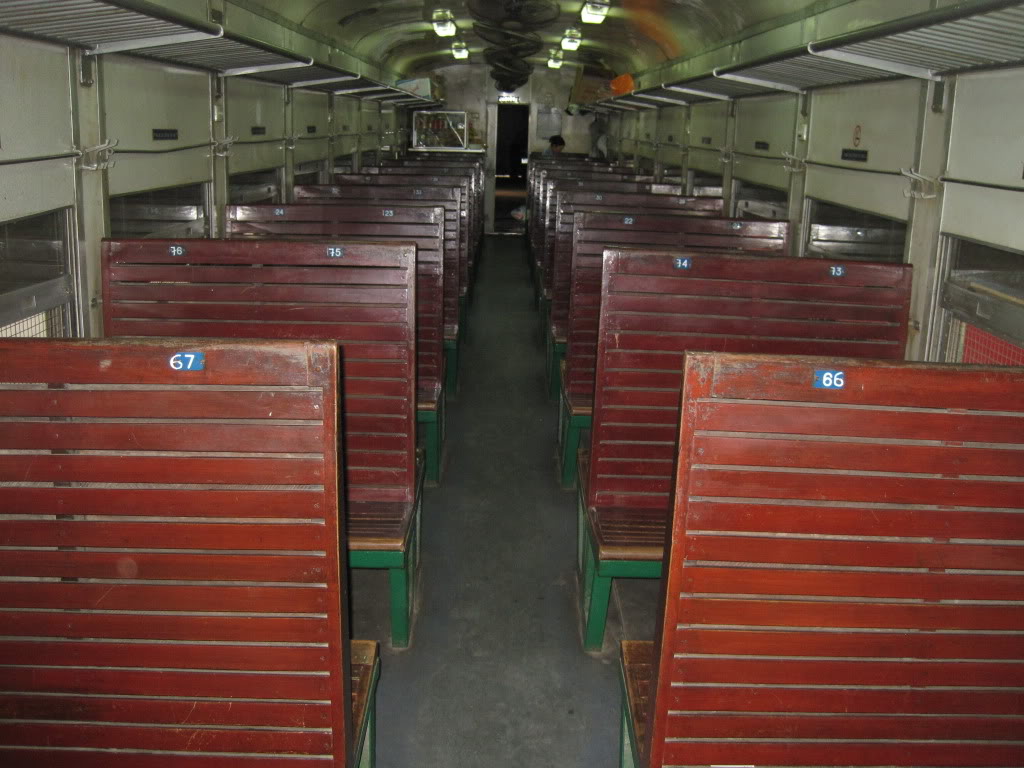 The hard seat...
The hard seat...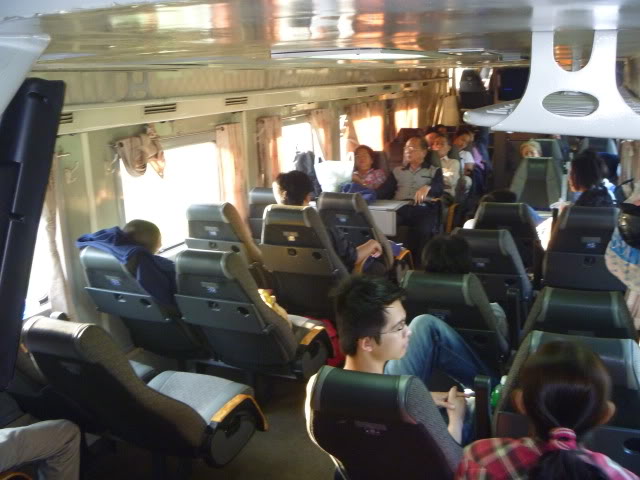 The soft seat
The soft seat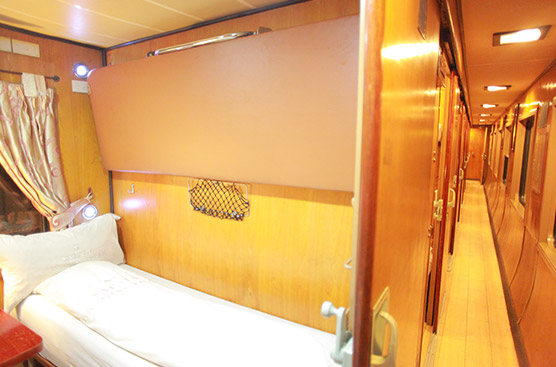 Train from Hanoi to Sapa
Train from Hanoi to Sapa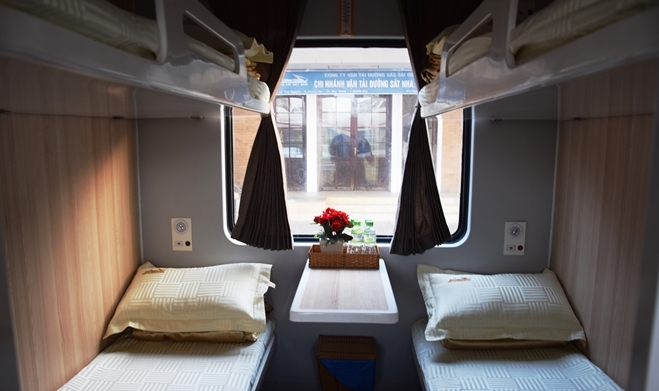 The newly inaugurated train from Saigon to Nha Trang and vice versa
The newly inaugurated train from Saigon to Nha Trang and vice versa
How to Get Your Train Tickets
There are several methods to purchase train tickets in Vietnam.
One option is to buy tickets directly at train stations. This method is generally straightforward, involving checking departure information on the boards and buying tickets from ticket sellers. However, the wait times can be lengthy, and station staff may not always speak English, so having your destination written down can be helpful. The benefit of purchasing tickets in person is often lower prices.
"Alternatively, booking online through tourism websites or private travel agencies offers a more convenient option. Various platforms support online ticket reservations with English-language interfaces, making the process smoother. It's often best to consult your tour agency, as they typically have experience with ticket bookings.
What You Should Know Before Your Train Trip in Vietnam
• Book your ticket in advance to secure the best available seating!
• Consider bringing your own snacks if you're concerned about food quality on board. A large towel can double as a blanket to keep warm throughout longer journeys.
• If you're in hard or soft seats, having a neck pillow can greatly enhance your comfort.
• Limit your luggage; managing excess baggage can detract from your enjoyment and sleep quality.
• Keep small bills handy for taxi rides to the station or to purchase snacks.
• Engage in light stretching every couple of hours to improve circulation and reduce fatigue.
• Exercising caution when buying food and souvenirs at transit stations can be wise.
• If you encounter any issues with your seat or food quality, don’t hesitate to reach out to the train’s conductor.
Related Guide
• Vietnam North-South Express Train



